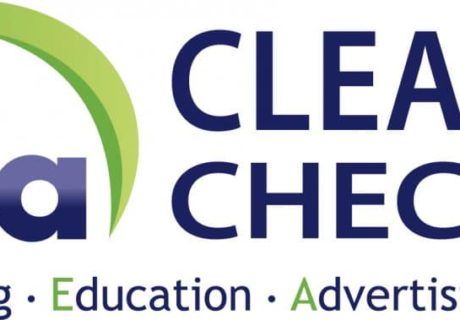In a recent review of global vitamin E status, published in the International Journal for Vitamin and Nutrition Research, researchers found that only a fifth of the population have the recommended serum level of vitamin E.
The German and Swiss researchers studied vitamin E intake levels and serum concentrations in 132 studies between 2000 and 2012 to get a global overview of alpha tocopherol (α-tocopherol) status.
Applying a recommended daily allowance (RDA) of 15mg per day and an estimated average requirement (EAR) of 12mg per day to all populations with a minimum age of 14, they discovered that 82% and 61% of mean and meridian data points were below the RDA and the EAR respectively.
Regarding worldwide serum concentrations, 13% of the included data points were below the functional deficiency threshold concentration of 12µmol/L, mostly for newborns and infants.
Using 30µmol/L as the recommended serum concentration – which several studies have suggested has beneficial effects on human health – the review found that only 21% of the population reached this level.
The researchers concluded: “This comprehensive review of vitamin E dietary intake levels and serum concentrations demonstrates that the majority of reported intake values worldwide are below the recommended level … while there is still not consensus among scientists regarding desirable α-tocopherol serum concentrations, our results based on the reported dietary intake levels and serum concentrations suggest that the vitamin E status of the included population groups can be improved. Possible measures include encouragement of consumption of vitamin E-rich food sources, adequate fortification of food products, and supplementation.”




